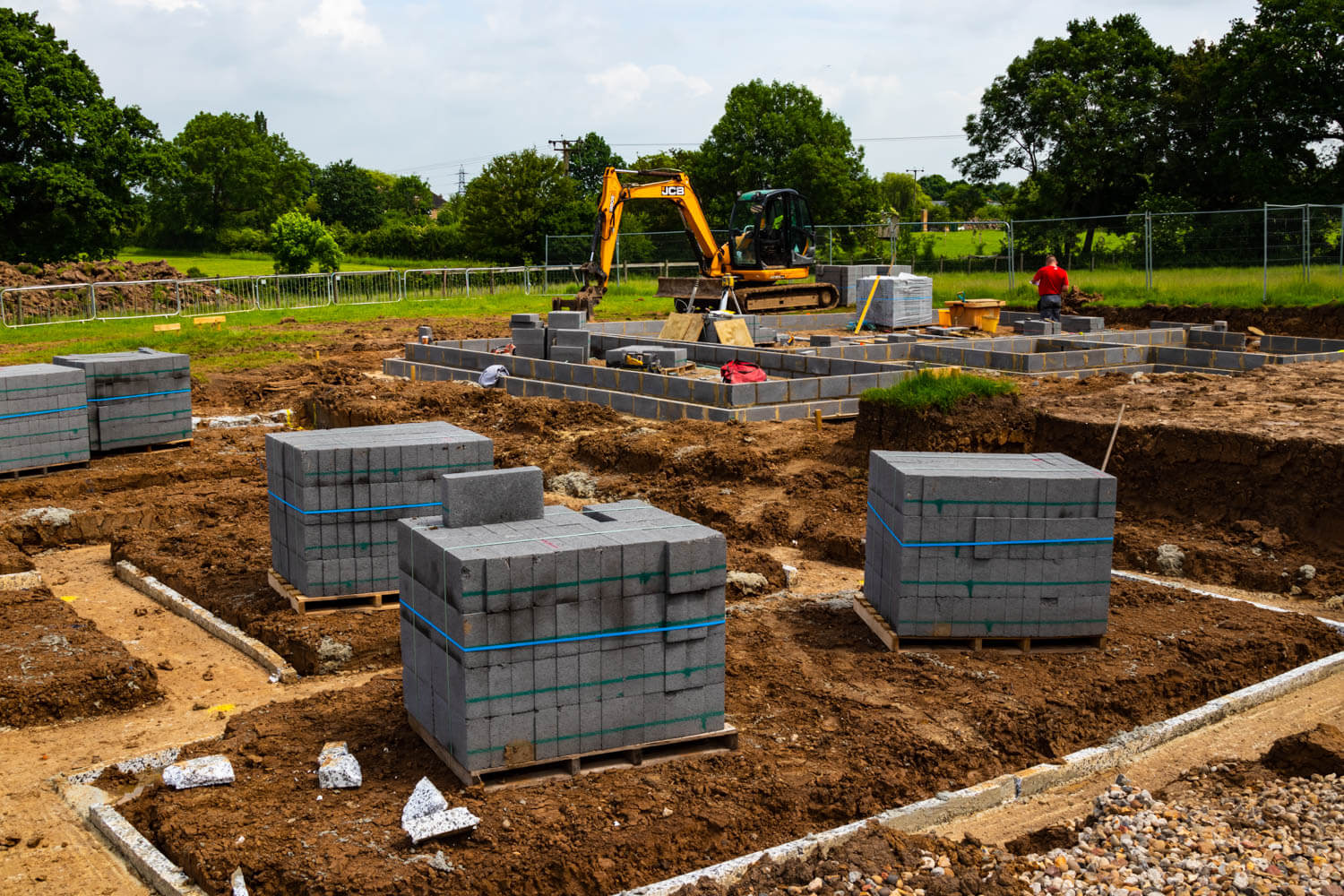Top 3 Challenges Facing the UK Construction Industry in 2019
The construction industry is one of the largest industry sectors in the world, and is valued at around £8trn annually, thus making up approximately 13% of total world output.
The construction output value of Great Britain alone was worth nearly 164 billion British pounds last year – more than double the value recorded in 2000 (source: Statista construction industry report).
And according to the Office of National Statistics, the value of new construction works in Great Britain has risen to its highest level on record, standing at a massive £109,387 million.
It is believed that a key driver for this surge in growth comes from the private sector, which equates to approximately three-quarters of all new construction works.

But in a growing industry full of opportunities we also face a multitude of challenges and threats as construction professionals.
One such threat comes in the form of competition, with the number of firms operating in the construction industry increasing by 6.2% compared with the previous year, totalling 314,590 construction firms operating in Great Britain by the end of 2017.
However, as the number of firms has risen, so has the number of insolvencies which are up 3.4% compared with 2016.
So what separates the successful construction businesses from the insolvent ones?
Here are what we believe to be the key challenges facing the construction industry now, next year and in the medium-long term.
Challenge #1: Poor productivity and profitability
As mentioned above, the construction industry is saturated and competition is fierce. And where competition is high, profit margins are affected; reducing the likelihood that many firms will invest diminishing profits in business improvements and critical technology.
Poor productivity in the construction industry is exacerbating the problem of competition because a lack of productivity is of course, reflected in the bottom line.
Evidence suggests that productivity on the whole has remained stagnant in the construction industry – but truth be told levels were never that great to begin with.
This lack of improvement could be attributed to fragmentations within the industry. It appears that despite improvements in digital adoption the industry is still largely antiquated where process management and streamlined, documented online communications are concerned.
An additional contributory factor to low productivity could be overly cautious construction firms being more reluctant to invest in value adding equipment and technologies since the economic downturn.
Challenge #2: Project performance
There’s no doubt that contractors have made considerable strides in improving on the delivery of projects. We’ve seen new construction techniques and delivery strategies put in place, as well as enhanced processes and controls for safety, risk management, budget, scope and scheduling.
However it is apparent that project management on the whole still lacks transparency, and gaps in policies, procedures and controls are resulting in small, rudimentary tasks becoming barriers to progress.
What’s needed is a more robust and reliable way to accurately assess and predict project performance so that potential problems can be flagged and early warnings given to reduce the likelihood of preventable challenges causing significant delays.
Integrated project reporting is one way of doing this.
Governance, people and technology are the three fundamental influencers where project performance improvements are concerned, and integrating communications and reporting between all parties using up to date technology seems to be the most logical way to tackle performance concerns and ensure that projects meet deadlines and budget.
Challenge #3: Skilled labour shortages
The skilled labour market is made up of four generations: traditionalists, baby boomers, Generation X, and millennials – all of whom will work differently and possess different work ethics, attitudes and behaviours.
And with several generations of people all working under one roof, attracting, motivating and nurturing such a diverse range of workers will pose a challenge.
How do project managers ensure that each of their project team members have the capabilities and the supporting structure to achieve and deliver high-performing projects?
A recent KPMG survey found that 40% of construction employees are Gen X and 37 percent are millennials – almost equal – and that out of all respondents surveyed 24 percent said that millennials do not understand the fundamentals of project delivery. This lack of faith in the workforce of today and tomorrow is concerning, as millennials will soon make up around half of the global workforce.
Worryingly, studies predict that many millennials will possess little to no experience or interest in the construction industry which if true, would pose significant threat to future improvements in productivity and output.
Increasing project complexity and an expected decrease in experience levels of the UK workforce is going to pose significant risk where future project performance improvements are concerned.
The construction industry must prepare for changes and challenges that lie ahead
Changes are happening now and contractors must take the appropriate steps to safeguard the future of their construction business where possible.
Communication needs addressing and processes need reviewing to give the industry a good chance at boosting productivity levels.
It’s clear that technology should be playing a more significant role in the day to day operation of construction firms and that the reason it doesn’t it largely due to a reluctance to invest in system improvements. Could it also be to do with a skill deficit where contractors are concerned?
Construction companies must join the digital future in order to stay ahead of the competition or they risk being left behind.
For any enquiries regarding this news article please contact Amy Haddow: amy.creativeherts@gmail.com

